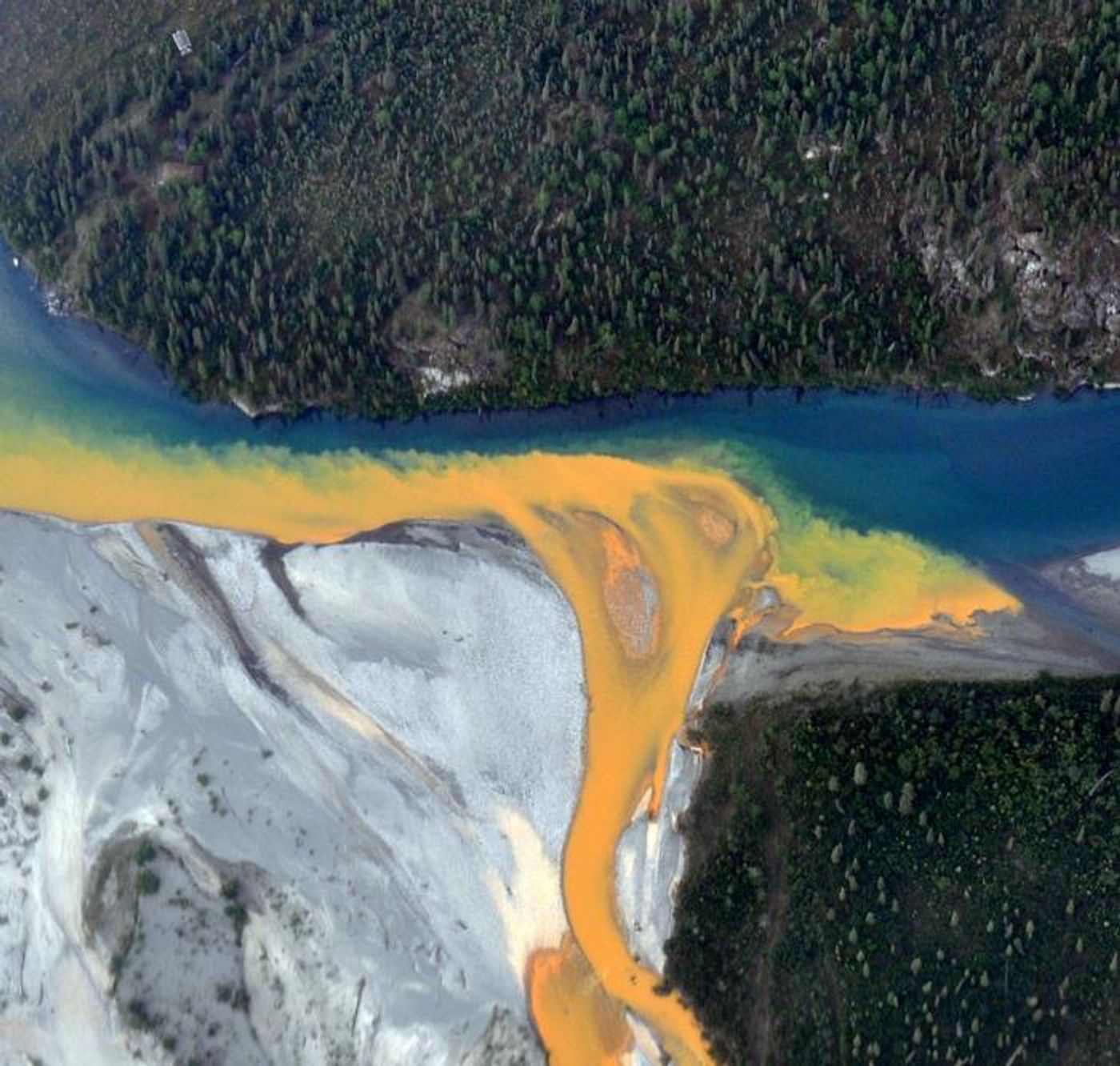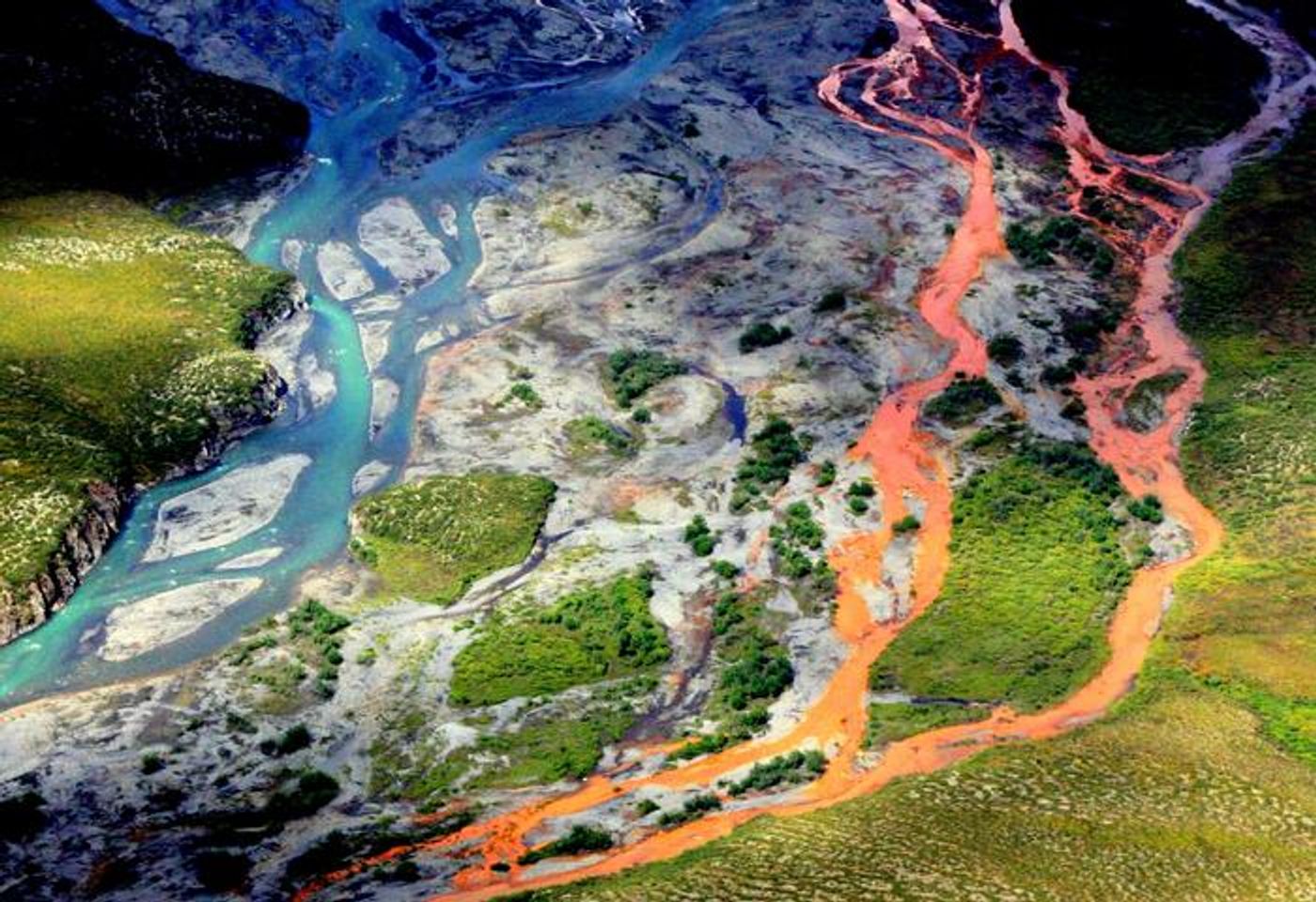Why are Some Alaskan Rivers Turning Orange?
In late 2023, scientists announced that they had found numerous rivers in the Brooks Range of Alaska that were turning orange. The investigators has theories about what was happening, but more research was needed to determine exactly how the pristine rivers of Alaska were turning an alarming shade of orange.
Scientists have now published additional work on the phenomenon in Communications Earth & Environment. Like the previous report, the study has suggested that thawing permafrost, and the minerals that are being exposed to the elements as a result, are to blame for the shift in the rivers' color from clear blue to cloudy orange.
There are now dozens of rivers whose change from blue to orange has been documented by researchers from various institutions including the US Geological Survey, the National Park Service (NPS), and the University of California (UC), Davis. Disrupted and damaged waters have been found in 75 locations in a region of the Brooks Range in Alaska that is about the size of Texas.
Although the consequences of these changes are not yet fully appreciated, it's thought that fisheries and drinking water supplies may be threatened by these degradations, which are brought on as the climate changes.
"The more we flew around, we started noticing more and more orange rivers and streams," said lead author Jon O'Donnell, an ecologist at the Arctic Inventory and Monitoring Network of the NPS. "There are certain sites that look almost like a milky orange juice. Those orange streams can be problematic both in terms of being toxic but might also prevent migration of fish to spawning areas."
O'Donnell first saw a river that was rusty in 2018, while the same river had been clear the prior year. He started collecting water samples and asking people in the area about various locations in this remote region, which is usually only accessed by helicopters. These places are overseen by the Bureau of Land Management, Fish and Wildlife Service, and NPS, and they include the Gates of the Arctic and Kobuk Valley national parks.
"The stained rivers are so big we can see them from space," noted senior study author Brett Poulin, an assistant professor at UC Davis. "These have to be stained a lot to pick them up from space."
Permafrost is known to contain minerals, and some regions of permafrost are thawing out and releasing metal ores in the process. As these ores come into contact with water and oxygen, acids and minerals are released.
Samples from these rivers were taken to learn more, and additional collections are planned for the future. Some of these samples were so extremely acidic, their pH was 2.3; the rivers usually have a neutral to slightly alkaline pH of 8. That finding indicates that sulfide minerals are weathering and generating corrosive conditions, leading to the release of even more metals. Unusually high levels of other metals including iron, cadmium, copper, and zinc, were also measured in the samples that were collected.
Although scientists like O'Donnell have recently begun to take stock of these changes, evidence from satellite images suggests this has been occurring since 2008.
These delicate ecosystems had been thought to be somewhat undisturbed, but this work has shown that climate change will impact many parts of the world in ways we don't necessarily appreciate now. There will also surely be consequences to these changes in Arctic rivers.
"There's a lot of implications," O'Donnell said. "As the climate continues to warm, we would expect permafrost to continue to thaw and so wherever there are these types of minerals, there's potential for streams to be turning orange and becoming degraded in terms of water quality."
Follow up work is planned, and I'd guess that scientists want to know whether this is happening in other regions as well. Scientists also have to determine whether these waterways might be able to recover somehow.
Sources: UC Davis, Communications Earth & Environment










